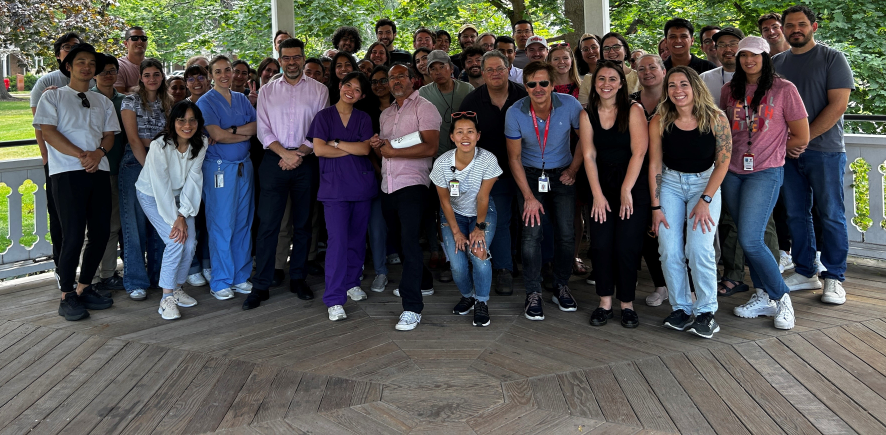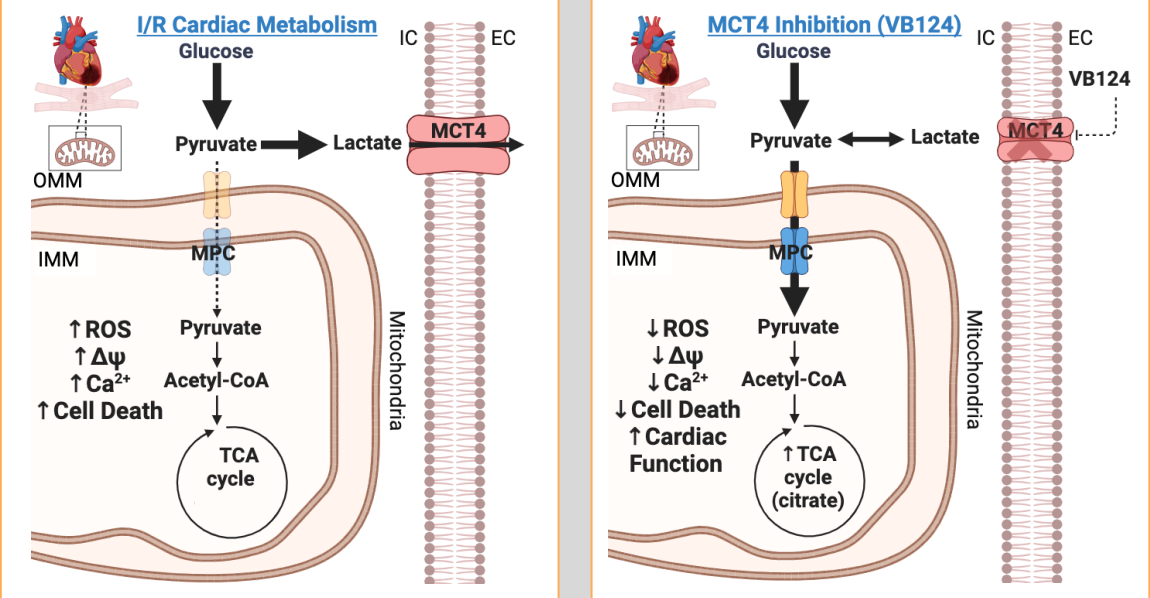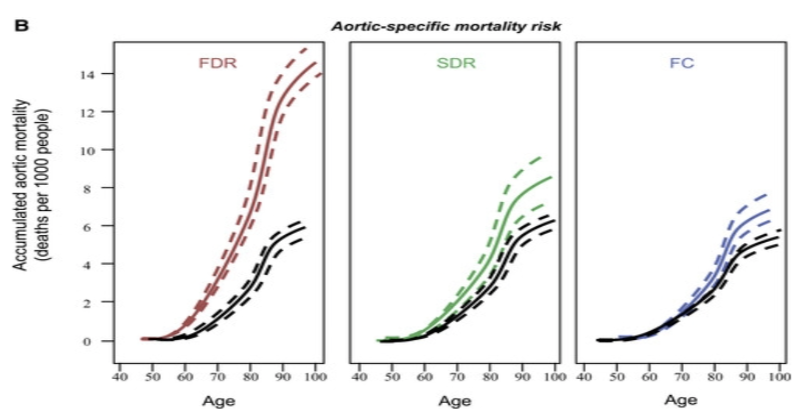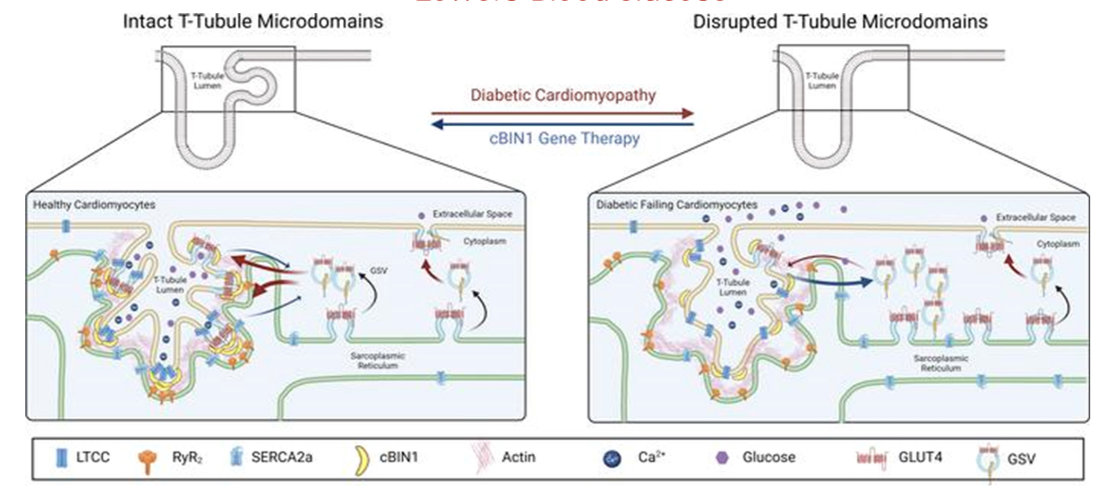CUTTING EDGE CARDIOVASCULAR RESEARCH
Nora Eccles Harrison Cardiovascular Research and Training Institute (CVRTI) delivers cutting-edge cell-to-bedside research and education of cardiovascular disease, which is one of the leading causes of death worldwide. At the CVRTI, we are both developing new insights into the biology of heart muscle cells, and developing novel therapeutics for patients with heart failure and cardiac arrhythmias such as sudden cardiac death.
Located at the University of Utah, the CVRTI nucleates a campus wide, multidisciplinary team of fourteen individual investigator laboratories who are both scientists and physician scientists. The research of the laboratories spans from basic muscle biology and channel electrophysiology to metabolism and genetics. Founded in 1969, the CVRTI is one of the oldest cardiovascular institutes in the country, and its research has already impacted clinical care from development of the first artificial heart, to the genetic basis of long QT arrhythmias, to using electricity to map heart dimensions for arrhythmia ablation, to myocardial recovery.
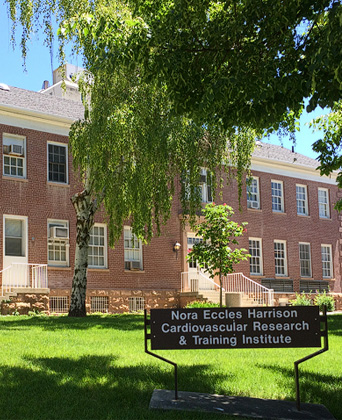
CVRTI Seminar Series
Thursday, February 27, 2025
12:00 PM – 1:00 PM MT

Stem Cells & Genomics: From Precision Medicine to
Clinical Trials in Dish
Joseph C. Wu, MD, PhD
Director, Stanford Cardiovascular Institute
Simon H. Stertzer, MD Professor of Medicine & Radiology
Stanford University School of Medicine
Join us in person only at
Eccles Health Sciences Education Building, EHSEB, Bldg. 575, Room 2680, 25 S. 2000 E. (Lunch Provided)
or contact Nuria.Anderson@utah.edu for Zoom link.
Did you know your heart relies on tiny proteins to keep it running in top shape? cBIN1 has a critical cardiac role as an essential protein that maintains structure and therefore controls the organization of each of our cardiac muscle cells. Imagine a protein that acts as an internal architectural protein. When that structural protein goes missing such as in the cases when the heart is being stressed, internal cellular chaos ensues, leading to reduced muscle function and heart failure.
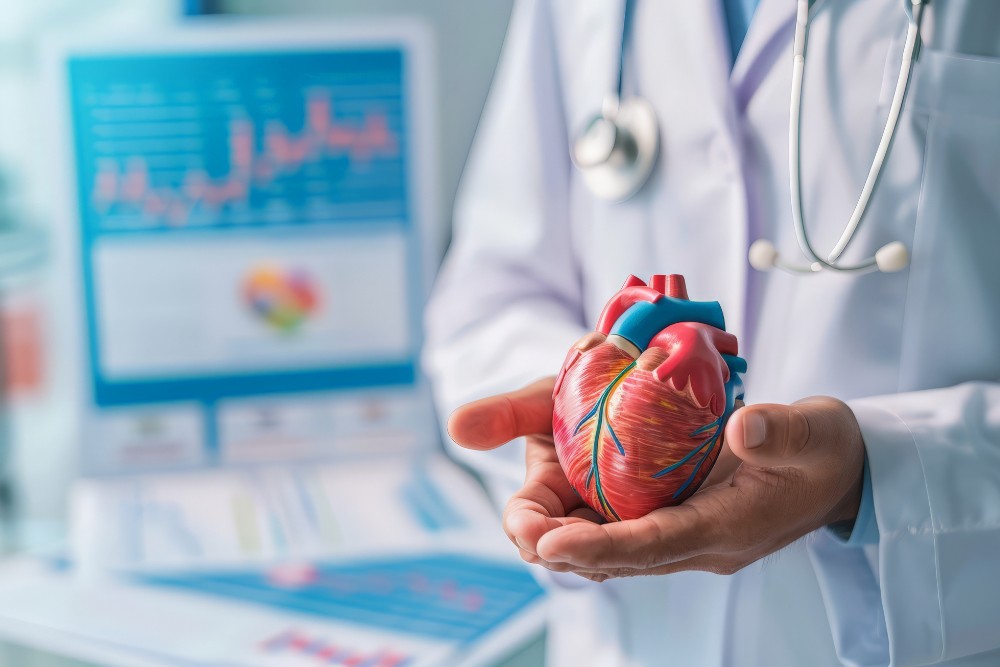

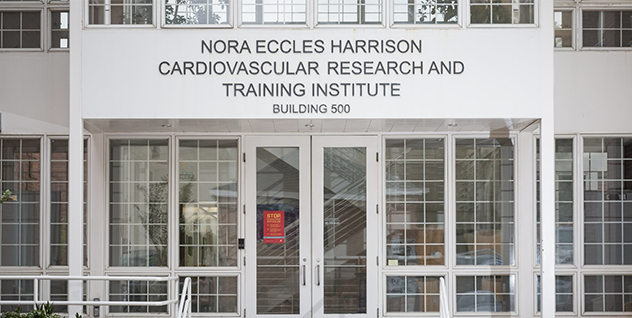
.png)
